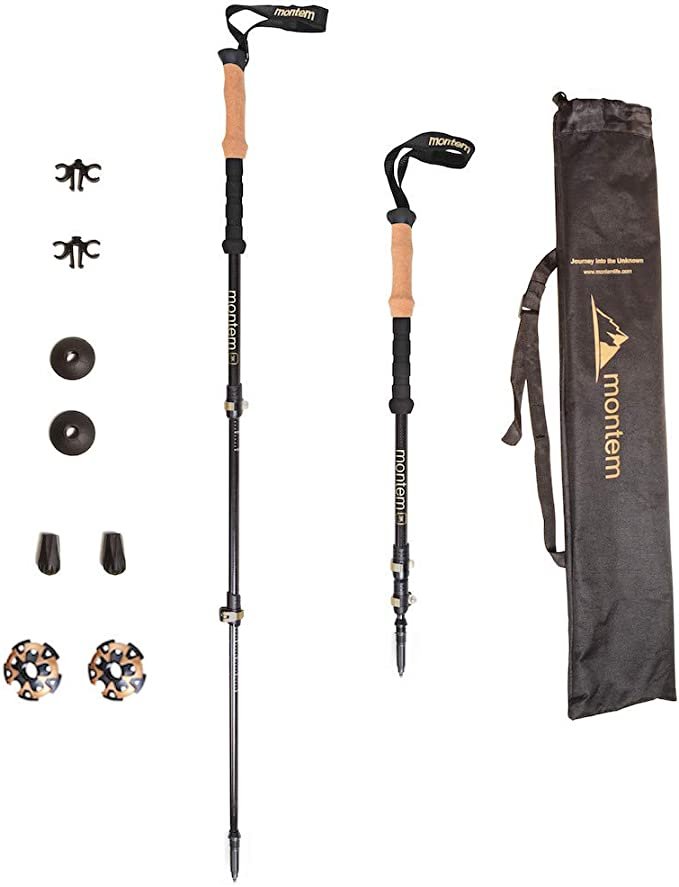
Hunting Trekking poles are an essential tool for any backcountry hunter, providing stability, support, and added mobility on rough terrain. Whether you’re hunting in rugged mountain ranges or traversing difficult hikes, the right trekking poles can make all the difference. In this article, we’ll delve into the different types of trekking poles available, the benefits they offer, and the key factors to consider when choosing the best trekking poles for your needs.

Types of Trekking Poles for Backcountry Hunting
There are several types of trekking poles, each with its own set of features and benefits. The most common types are:
- Telescoping Trekking Poles: These poles are adjustable, allowing you to easily change their length to suit your needs. They’re a good choice for hunters who need to pack their poles away for easy transport or for those who need to change their pole length for different terrain.
- Fixed-Length Trekking Poles: These poles are a good choice for hunters who know their preferred pole length and want a more sturdy option. They’re also lighter than telescoping poles and provide a more direct transmission of energy.
- Folding Trekking Poles: These poles are designed to fold down into a compact size, making them easy to pack away. They’re a good choice for hunters who need to carry their poles with them at all times.
Benefits of Trekking Poles for Backcountry Hunting
There are several benefits to using trekking poles for backcountry hunting, including:
- Improved Stability: Trekking poles help to distribute your weight more evenly, reducing the strain on your legs and lower back. This can be especially helpful when hunting on rough or uneven terrain.
- Increased speed: Trekking poles can help you move faster and more efficiently through difficult terrain, giving you more time to hunt and less time to rest.
- Enhanced support: Trekking poles can help to reduce the risk of injury by providing added support for your legs and joints.
- Better balance: Trekking poles can help you maintain your balance on steep or uneven terrain, reducing the risk of falls and injuries.
Key Factors to Consider When Choosing Trekking Poles for Backcountry Hunting
When choosing trekking poles for backcountry hunting, there are several key factors to consider, including:
- Weight: The weight of your trekking poles is an important factor to consider, as heavier poles will add more weight to your pack and increase fatigue over long distances.
- Material: The material your trekking poles are made from will affect their durability and weight. Common materials include aluminum, carbon fiber, and titanium.
- Adjustability: If you’re hunting on a variety of terrain, adjustable trekking poles may be a better choice. Fixed-length poles are more durable and lighter, but may not be suitable for all types of terrain.
- Comfort: The grips and straps of your trekking poles should be comfortable and secure, so you can use them for extended periods without discomfort.
- Price: Trekking poles range in price from budget-friendly options to high-end models. Consider your budget and the features you need when choosing your trekking poles.
Conclusion
Trekking poles are an essential tool for any backcountry hunter, providing stability, support, and added mobility on rough terrain. Whether you’re hunting in rugged mountain ranges or traversing difficult hikes, the right trekking poles can make all the difference. When choosing trekking poles for backcountry hunting, consider factors such as weight, material, adjustability, comfort, and price to find the best options for your needs.


